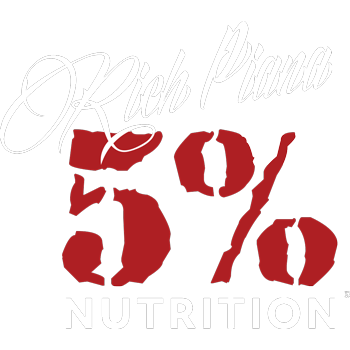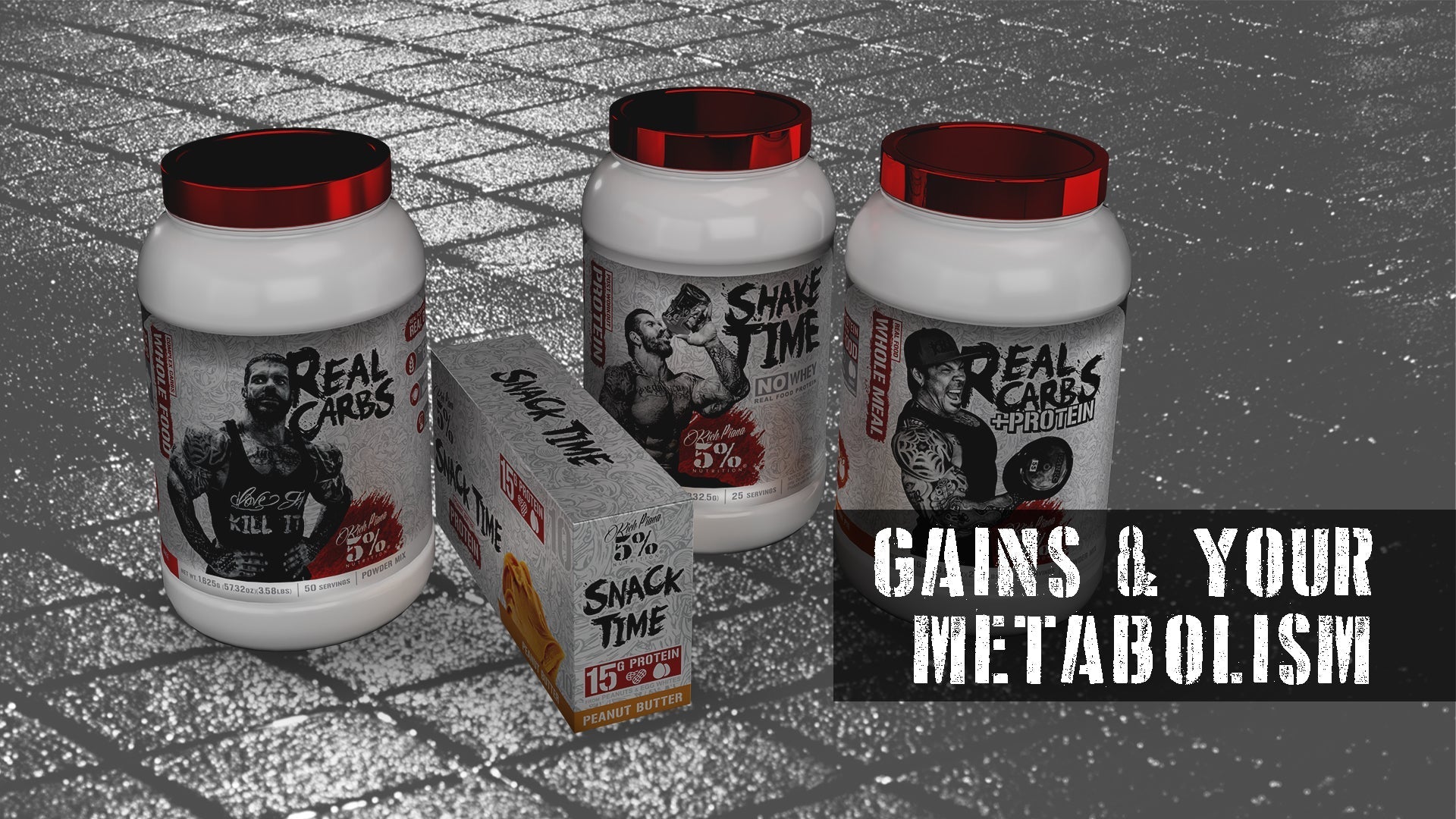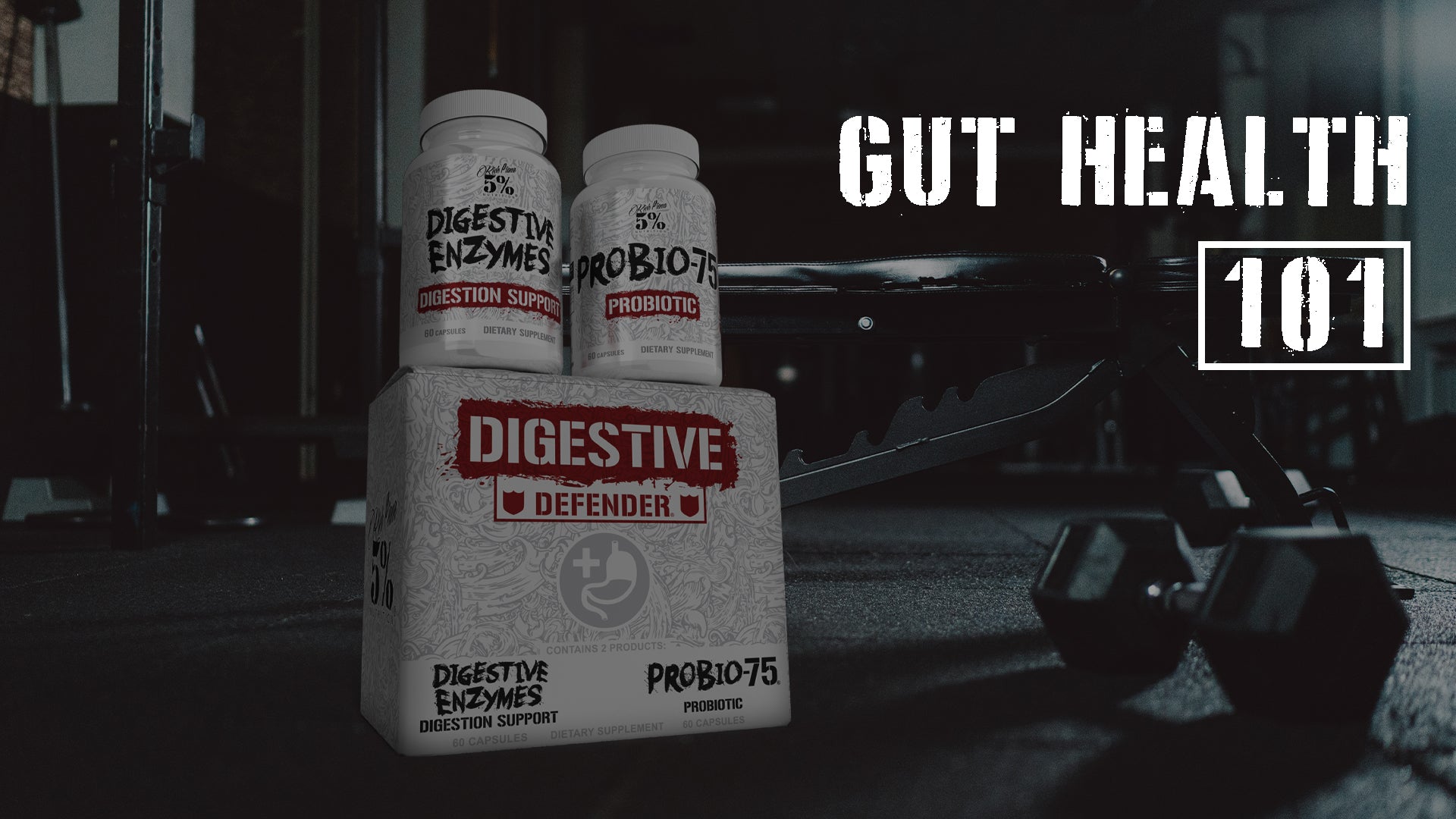You train hard, eat right, recover fully, and use 5% Nutrition supplements. Yet, you have a couple of glaring weak points. It can be frustrating when everything other than a muscle or two grows consistently. For example, lots of lifters have a hard time getting their calves to grow. For others, it might be the biceps or chest. Regardless, we have some tips for you.
Weak Body Parts - Are You Training That Muscle Hard Enough?
The first question that needs to be asked is, are you training those weak body parts hard enough? If that’s a muscle you don’t enjoy training, you may find you’re only giving it a few half-hearted sets. So the first step to improving weak body parts is to look at the intensity you’re applying to your workouts. This is a common problem for, say, calves, but can apply to any muscle.(1)
Focus On Form
If the intensity is there, the next step is to look at the form. Are you feeling the muscle you are trying to work? For example, if your lats are a weak point, where are you feeling your lat pulldowns? If the answer is in your arms, you need to focus on form. You need to work on feeling the right muscle working. Try using a thumbless grip to take the biceps out of it. Next, work the exercise using light weight focusing completely on form. Start the movement by tensing the lats, and beginning the pull with the lats, let the arms follow.
Focus On Rep Performance
How you perform your reps logically follows form. Are you going too quickly, letting momentum do most of the work? Try performing the concentric portion of the rep explosively but slowly and under complete control. Pause at the top, squeeze the muscles, and lower slowly - as in 3-4 seconds. Stop just before the turnaround and hold for a 2-3 count. This approach provides the biggest benefit and definitely beats just tossing the bar up and letting it drop. Remember, Rich was a big believer in controlling the exercise and squeezing hard at the top. It certainly worked for him!
Think Progressive Overload
The next step is to think in terms of consistently adding weight to the bar. Yet that’s not the only form of progressive overload. You can use extended-set techniques to progressively ramp up intensity. Or you can manipulate rest time. Any of these techniques means you’re working the muscle hard and moving forward.
What About Volume?
How many days per week are you training your weak body parts? Try adding another session devoted solely to those muscles. The suggested training frequency is currently at least 2 times per week, more if possible. Remember, Rich was a big believer in lots of volume and frequency - if it worked for him, it could work for you! (1)
Feeder Workouts
This was one of Rich’s favorite techniques. He believed in short, light high-rep workouts done for 1-2 muscle groups. The thinking is that feeders pump blood into a muscle, which supports growth because you’re “feeding” the muscle. Rich typically suggested 2 exercises, 2-3 sets x 30-50 reps, or 1-2 sets x 100 reps, done superset style. Talk about getting a pump! Plus, he advised doing feeder workouts before bed. It’s true he didn’t suggest any food or supplements post-workout, but 1-2 servings of All Day You May or Shake Time would not be a bad idea.
Don’t Forget 5% Nutrition
From powerful pre-workouts to real food protein and carb powders and wellness formulas, 5% has it all. We make the most effective supplements on the market. For example, there’s our explosive pre-workout Kill It RTD and the category-defining All Day You May amino acid powder. There’s also our sensationally delicious real-food-based Shake Time protein powder. Plus, there’s Core Creatine, and for beginners, our Code Red Series. It doesn’t stop there, so visit 5% Nutrition and see for yourself!
References:
1. Wernbom, M., Augustsson, J., & Thomeé, R. (2007). The influence of frequency, intensity, volume and mode of strength training on whole muscle cross-sectional area in humans. Sports medicine (Auckland, N.Z.), 37(3), 225–264. https://doi.org/10.2165/00007256-200737030-00004













